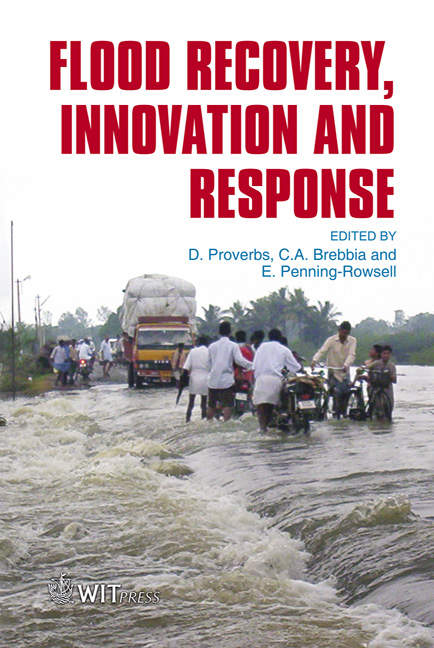Flood-risk Assessment And Hazard Mitigation Measures: Case Studies And Lessons Learnt In Italy
Price
Free (open access)
Transaction
Volume
118
Pages
10
Page Range
17 - 26
Published
2008
Size
1,616 kb
Paper DOI
10.2495/FRIAR080021
Copyright
WIT Press
Author(s)
S. Mambretti, D. De Wrachien & A. Sole
Abstract
The effect of climate change and the growing world population are together increasing both the chance of flooding and the consequences. There is mounting recognition that reliance on structural flood defences alone may be neither sufficient nor sustainable in the long term, particularly in low lands. In Italy, in the wake of the floods that plagued the northern part of the country in the fifties and sixties, a process was set in motion aimed at developing a new integrated approach to water management, at the catchment level, suitable for coping with water related disasters. In this context, three case-studies of flood risk management and hazard assessment are featured: two related to the Po catchment and the last to the Basento river in the Basilicata Region. After describing the methodologies, which differ in the application effort required and in the accuracy expected, the paper focuses on both the results achieved and the reliability of the procedures applied. Management issues are approached under four general headings: planning, technical, operational and institutional. Although the cases differ with respect to the flooding problems they encounter, some common issues emerged: the challenge of translating a riskbased approach on a basin-wide level into concrete measures, harmonizing flood-risk management policy with spatial planning and institutional cooperation. Keywords: flood management in Italy, new policy approach, country casestudies.
Keywords
flood management in Italy, new policy approach, country casestudies.





